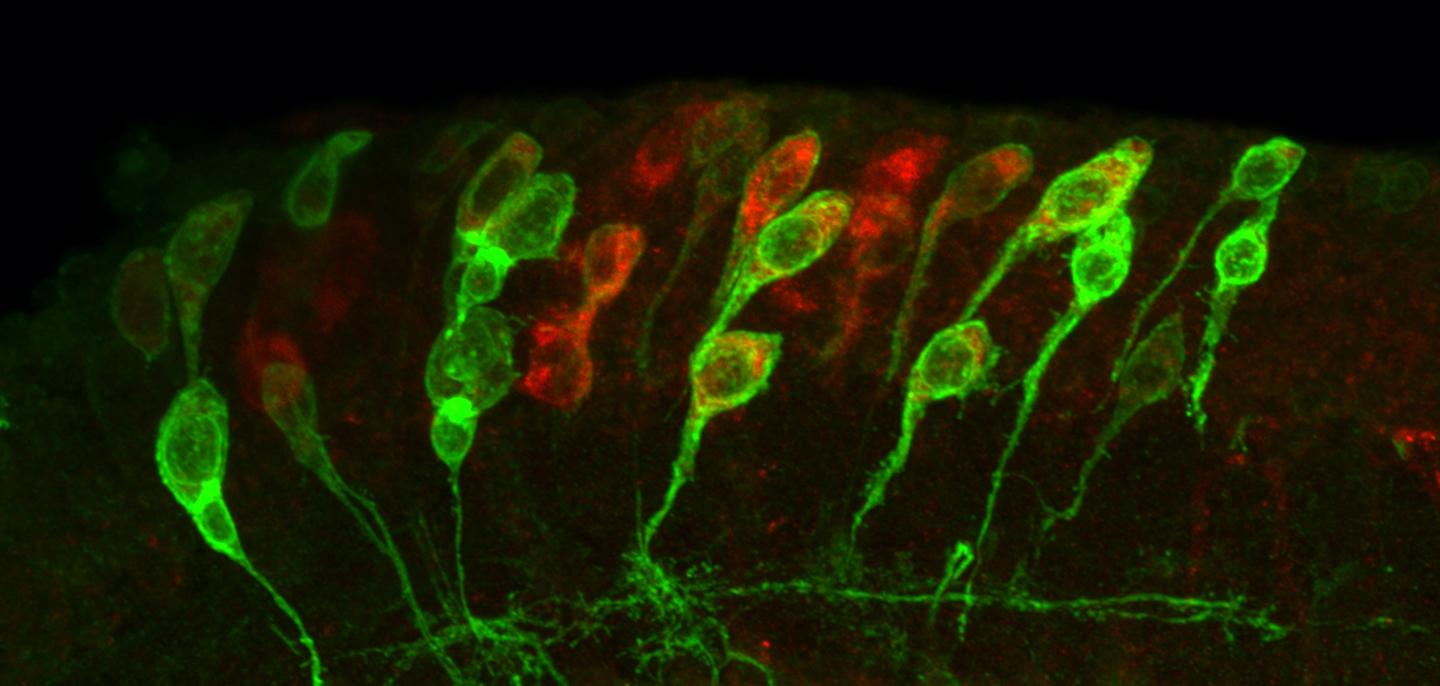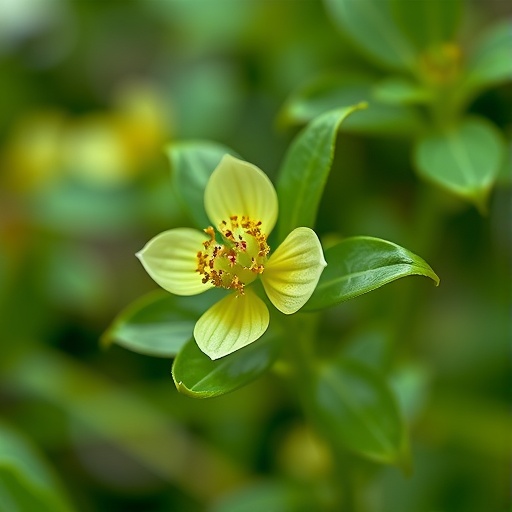The study shows promise for future neural stem cell therapies in replacing cells lost through disease or injury

Credit: Dr. Claudia Barros, University of Plymouth
Our brains are notoriously bad at regenerating cells that have been lost through injury or disease. While therapies using neural stem cells (NSCs) hold the promise of replacing lost cells, scientists need to better understand how NSCs behave in the brain in order to develop effective treatments.
Now research led by the University of Plymouth helps to shed new light on the mechanisms used by NSCs to ‘wake up’ – going from their usual dormant state to one of action.
NSCs produce neurons (nerve cells) and surrounding glial cells in the brain. By understanding how NSCs work, it could pave the way for therapies to speed up the neurons’ and glial cells’ regeneration.
The new study, conducted using Drosophila fruit flies, shows that molecules that form a complex called STRIPAK are essential to promote reactivation in NSCs. STRIPAK (Striatin-interacting phosphatase and kinase) is found in organisms from fungi to humans, and the team uncovered it when comparing the genetic messages of dormant and reactivated NSCs in live fly brains.
The researchers then discovered that STRIPAK components act as a switch to turn off dormancy (or quiescence) and turn on reactivation.
Lead author Dr Claudia Barros, from the Institute of Translational and Stratified Medicine at the University of Plymouth, acknowledges there is still a long way to go until such findings can be translated into human treatments. But she explains the significance of the new work:
“So little is currently known about how neural stem cells coordinate cues to become active and direct the production of more brain cells,” she said. “These stem cells last throughout life mainly in a dormant state, so learning how they work is critical to our understanding of cell regeneration.
“This study reveals that STRIPAK molecules are essential to enable reactivation in NSCs, and we are very pleased with the outcomes. But we are only at the beginning. We are working to expand our findings and bring us closer to the day when human neural stem cells can be controlled and efficiently used to facilitate brain damage repair, or even prevent brain cancer growth that is fuelled by stem-like cells.”
The full study, entitled STRIPAK Members Orchestrate Hippo and Insulin Receptor Signaling to Promote Neural Stem Cell Reactivation, is available to view now in the journal Cell Reports (doi: 10.1016/j.celrep.2019.05.023).
###
The work was supported by the University of Plymouth, Faculty of Medicine and Dentistry; the Leverhulme Trust; the Biotechnology and Biological Sciences Research Council (BBSRC) the DFG German Research Foundation and the Johannes Gutenberg University, Germany.
The work of Dr Barros and her team takes place within the Brain Tumour Research Centre of Excellence at the University of Plymouth.
Media Contact
Amy King
[email protected]
Related Journal Article
http://dx.




